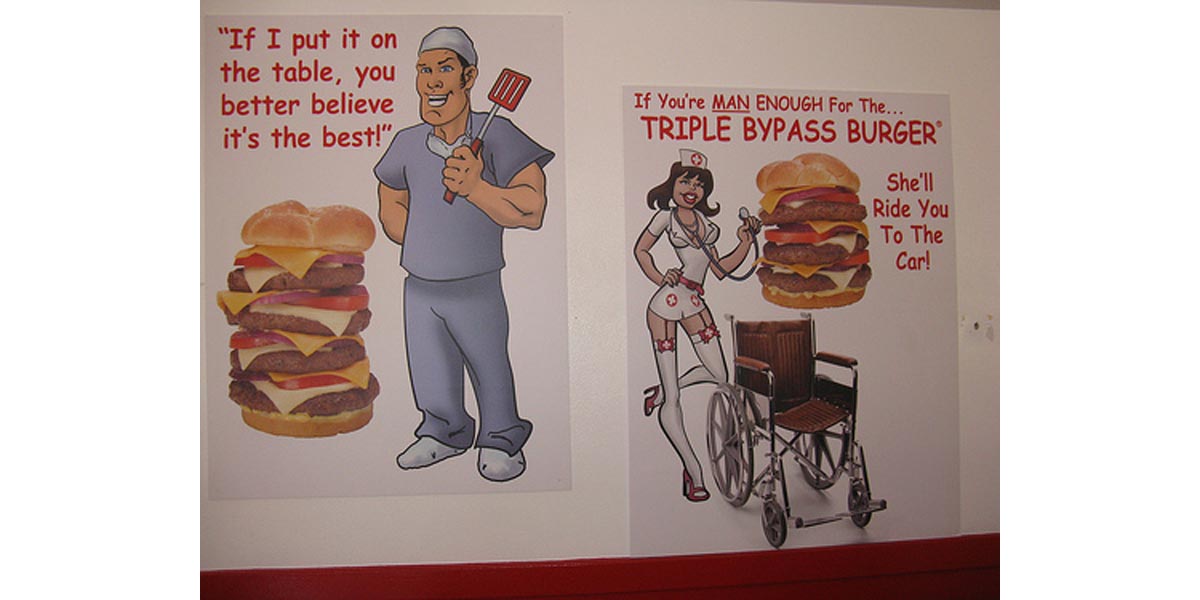Table of Contents
Unfortunately, not all conditions which lead to cardiac failure can be reversed, but there are treatments available to help control these conditions as well as manage the signs and symptoms of cardiac failure and therefore improve a patient's quality of life.

Signs and symptoms
A patient may have an acute onset of cardiac failure of the condition may be a chronic one. There can also be acute-on-chronic scenarios where the patient's signs and symptoms are exacerbated. The following are issue which these patients could be dealing with:
- Weakness and fatigue.
- Decreased ability to concentrate.
- Shortness of breath when exerting oneself, when standing, sitting or even when lying down.
- Rapid and/or irregular heartbeat.
- Fluid retention (oedema) around the feet, ankles and lower legs. This can cause pitting oedema where finger depressions are left in the skin when pressing on the fluid filled areas.
- Swelling of the abdomen (ascites).
- Increased urinary urgency and/or frequency.
- Persistent coughing or wheezing.
- Coughing up pink, frothy sputum (due to fluid buildup in the lungs).
- Reduced ability to exercise.
- Weight gain due to fluid retention.
- Chest pain.
Types of heart failure
The type of heart failure a patient has will depend on which side of the heart is damaged due to certain conditions. The different types of heart failure are as follows:
- Right-sided heart failure - the right ventricle doesn't work properly which leads to fluid building up in the lungs resulting in the respiratory symptoms mentioned.
- Left-sided heart failure - the left ventricle is ineffective which results in fluid building up in the extremities and the abdomen leading to swelling of these areas.
- Diastolic heart failure - the left ventricle can't relax properly and therefore doesn't fill up properly. This indicates a filling problem.
- Systolic heart failure - the left ventricle doesn't contract properly. This indicates a pumping problem.
- Congestive cardiac failure - combined left and right heart failure.
READ Sudden Cardiac Arrest and Primary First Aid Treatment
Risk factors
Certain risk factors are associated with developing cardiac failure and they are:
- As mentioned; heart attacks, coronary artery disease and hypertension.
- Diabetes - this increases the risk of developing the already mentioned risk factors.
- Congenital heart defects.
- Valvular heart disease.
- Viruses which can damage heart muscle.
- Tobacco use.
- Alcohol use.
- Sleep apnoea can increase the risk of arrythmias.
- Diabetic medications such as the thiazolidinediones/glitazones.
- Decreased muscle mass.
Complications
Cardiac failure can result in many complications. Since fluid builds up in the body, many other organs can be negatively affected and then the following issues can occur:
- Heart valve problems - when the heart muscle enlarges, the valves then can't close and function properly.
- Kidney damage or failure - the kidneys receive less blood due to cardiac failure and this can cause damage to these organs. Patients may need dialysis or kidney transplants.
- Liver damage - cardiac failure can lead to pressure being built up in the liver. This then causes scarring and damage to the liver which may result in dysfunction of this organ.
- Arrythmias.
- www.medicalbrief.co.za/archives/muscle-mass-found-to-be-more-important-than-bmi/
- www.mayoclinic.org/diseases-conditions/heart-disease/basics/complications/con-20034056
- www.mayoclinic.org/diseases-conditions/heart-failure/basics/definition/con-20029801
- Photo courtesy of charlottedownie: www.flickr.com/photos/charlottedownie/4497292636/
- Photo courtesy of katmere: www.flickr.com/photos/katmere/4600121354/
- Photo courtesy of katmere: www.flickr.com/photos/katmere/4600121354/


Your thoughts on this